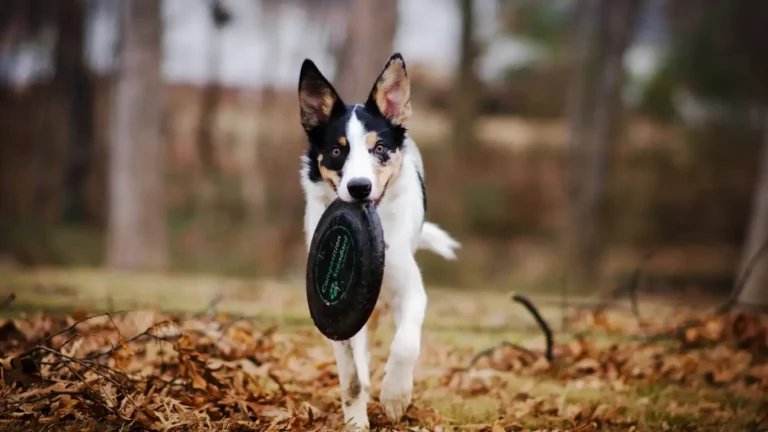How to Train a Dog to Stop Getting Excited at Doorbells: Easy Calm Secrets
Ever wish you knew how to train a dog to stop getting excited at doorbells without it turning into a chaotic barking contest? You’re not alone. As a Canine-Assisted Therapy Trainer, I’ve seen this scene play out more times than I can count — wiggly butts, zoomies across the house, and a noise level that could wake the neighbors three streets over. Trust me, it’s not just you. The good news? With the right approach (and a little patience), you can teach your furry best friend to stay calm and cool even when the doorbell rings like a starting gun.
Why Dogs Lose Their Minds Over the Doorbell
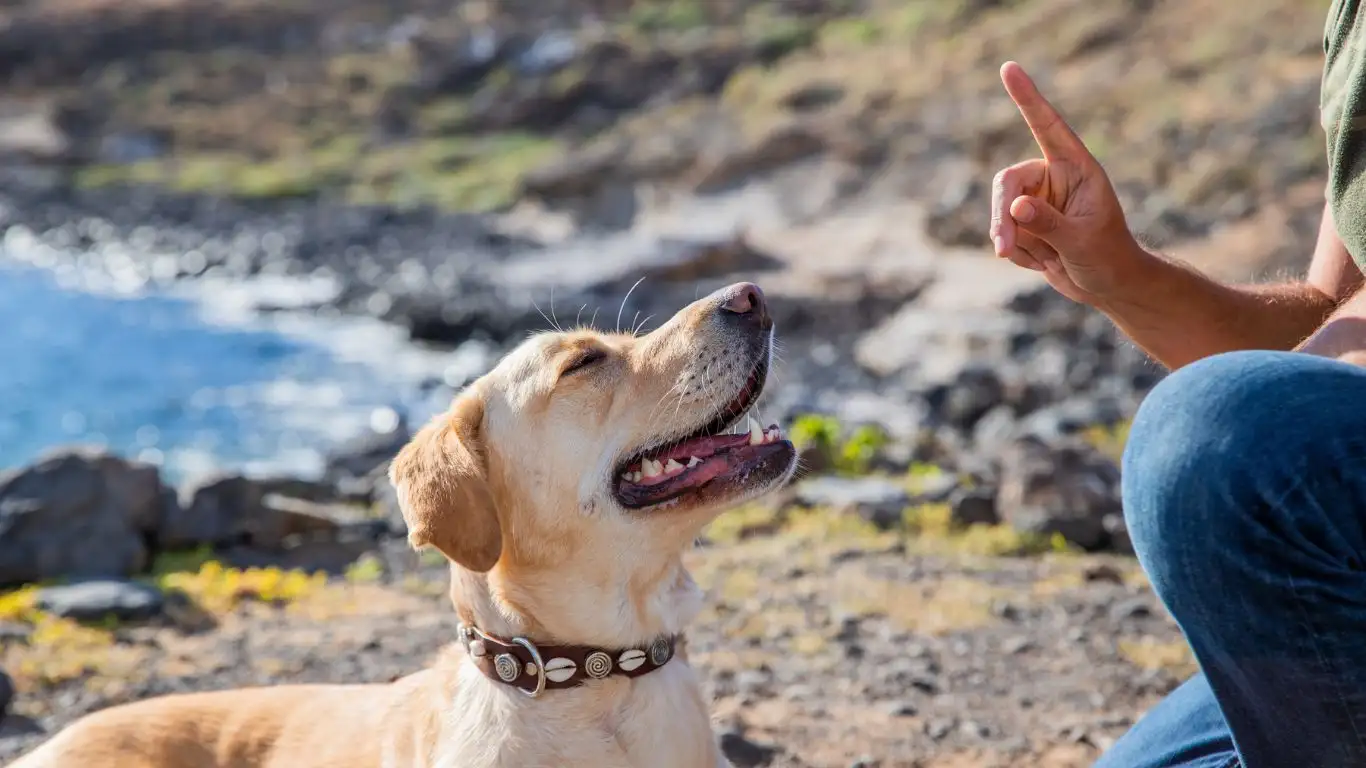
First, let’s talk about the “why.” Understanding your dog’s instincts makes training a hundred times easier. Doorbells are basically an alarm system to them — “Intruder alert! Reinforcements needed!” It’s part excitement, part territorial protection, and a sprinkle of pure habit. If every ring leads to a visitor (aka a new friend, a package, or you hyping them up), it reinforces the madness.
Back when I first started training therapy dogs, I had one golden retriever, Max, who treated every doorbell ring like he just won the lottery. Watching him leap over furniture was impressive… and mildly terrifying. But it proved to me that doorbell chaos isn’t just about bad behavior; it’s about unchanneled excitement.
Setting the Stage for Success: Managing the Environment
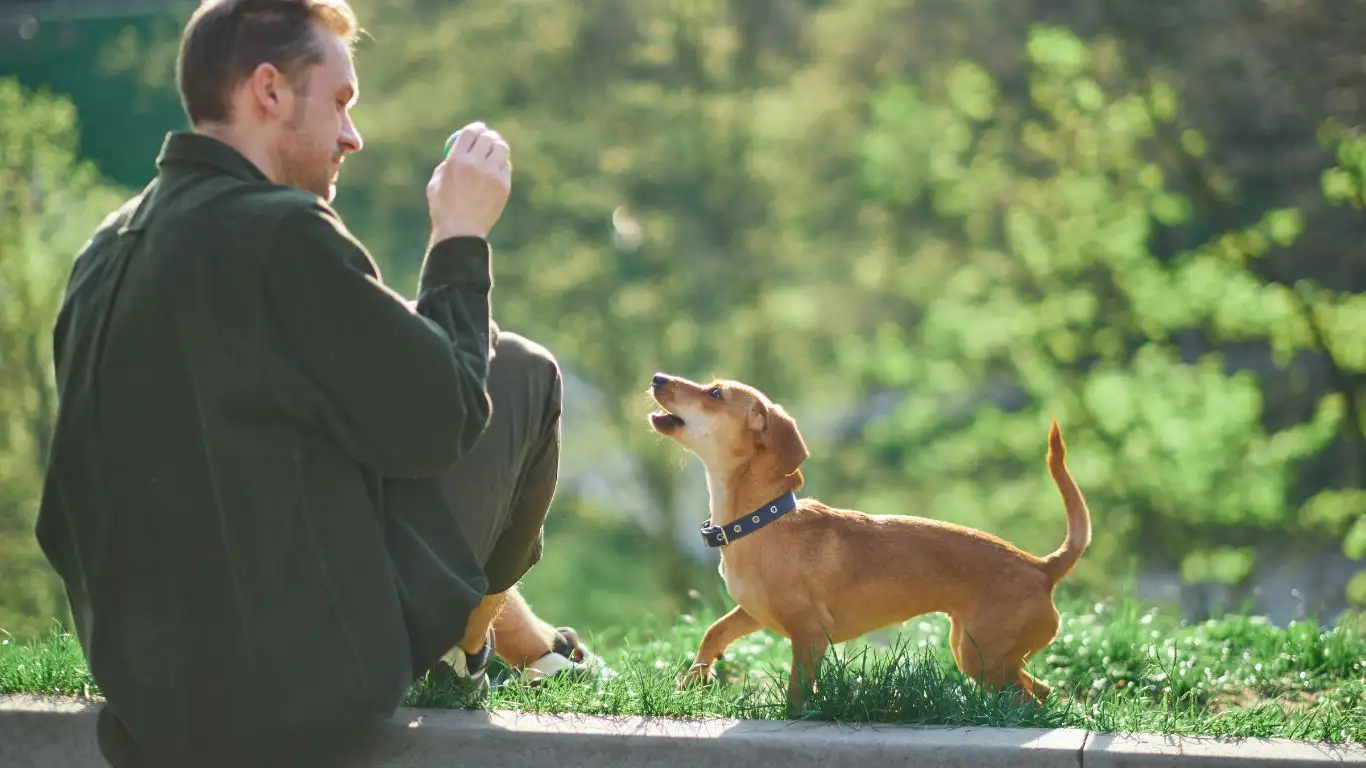
Before we jump into drills and practice, we’ve got to prep the environment. Think of it like setting up a kid’s room for studying — less distraction, more focus.
Pick a “Place” Spot
Your first goal is to teach your dog where to go when the doorbell rings. I love using a comfy dog bed or mat placed a few feet away from the door but still within sight. We call this the “place.”
- Choose a non-slippery surface – You don’t want your dog sliding around when they excitedly try to comply.
- Keep it consistent – Same spot, every time. Dogs thrive on predictable patterns.
- Make it inviting – Toss a favorite toy or a treat on it when you’re first introducing the idea.
Control the Initial Hype
Part of how to train a dog to stop getting excited at doorbells is managing their mental energy before it even spikes. If your dog has just done a five-mile zoom around the backyard, they’re a lot more likely to be chill when someone comes knocking. A tired dog is a calm dog. No magic tricks here — just good old-fashioned exercise.
- Go for a brisk walk or play an energetic game of fetch before expecting them to focus.
- Use mental stimulation toys, like puzzle feeders, to tire their brain out too.
Step-by-Step: Teaching Calmness at the Sound of the Doorbell
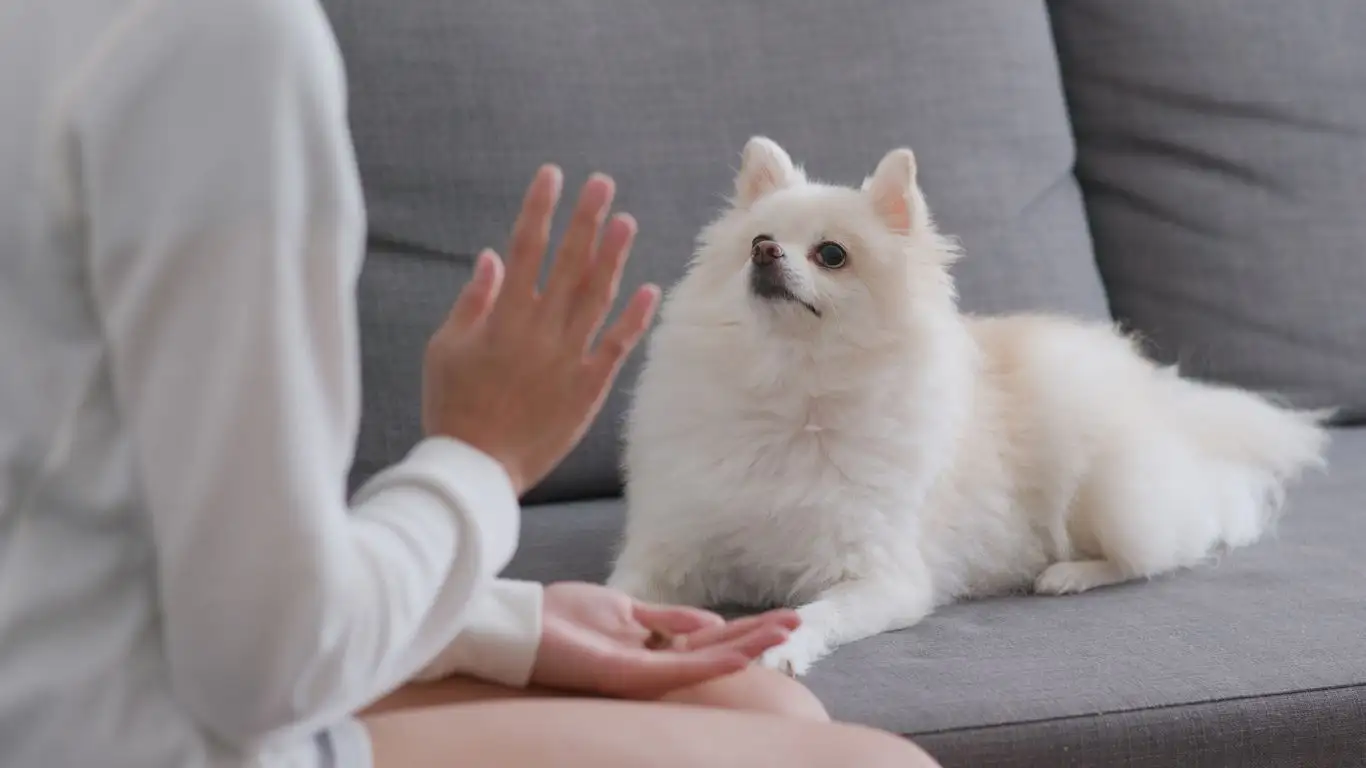
Now we get to the juicy part: actual training steps. I’ll be real with you — this isn’t a one-and-done lesson. It’s like teaching a toddler to say “please” instead of screaming for snacks. Consistency is key, but wow, when you see it click, it’s the best feeling ever.
Step 1: Desensitize the Sound
Start by ringing the doorbell without any actual visitors. You want the sound to lose its over-the-top meaning. Here’s how I usually set it up:
- Ring the bell, then immediately toss a treat on the dog’s bed or “place.”
- Don’t hype it up – Stay chill yourself. If you act like it’s no big deal, your dog will mirror that vibe over time.
- Repeat daily – Short, frequent sessions work better than marathon trainings.
Step 2: Add the “Go to Place” Command
Once your dog starts glancing toward their bed when the bell rings, it’s time to add a verbal cue. I like to use something super simple, like “Place” or “Go mat.”
- Ring the doorbell.
- Say your cue (“Place!”) and guide your dog to their spot.
- Reward like crazy when they get there – treats, praise, even a little dance party if they love excitement.
Don’t get discouraged if it takes a bit! When I first trained Max on this, he would wander halfway to the mat and then get distracted by a dust bunny or the scent of invisible bacon. It’s normal. Celebrate progress, not perfection.
Building More Control: Proofing the Behavior

Alright, once your pup is starting to nail “go to place” when the doorbell rings, it’s time to level up. This is where we make the behavior rock-solid, no matter what’s happening around them. We call this phase “proofing” in the dog training world — and honestly, it’s where a lot of folks lose steam because it takes patience. Been there, done that, still have the chew-marked sneakers to prove it.
Increase the Challenge, Little by Little
Think of proofing like teaching a teenager to drive: you don’t start on a six-lane highway during rush hour. You start slow. Same thing here:
- Change the environment slightly – move the mat a few feet, practice with the TV on, add a little background noise.
- Add “fake guests” – have family members knock and ring the doorbell while you’re practicing.
- Extend the time – ask your dog to stay on the mat for a few extra seconds before you release them to say hello.
With Max, I started bringing in neighbors he didn’t know well (yes, I bribed them with cookies). It helped him understand that just because the bell rang and a stranger showed up didn’t mean he had permission to lose his mind.
Use the Three D’s: Distance, Duration, Distraction
One handy little trick I swear by is focusing on the Three D’s:
- Distance – How far you are from your dog when you give the command.
- Duration – How long they stay in place before you release them.
- Distraction – How wild or tempting the surrounding environment is.
If your dog struggles, just dial one of these down a bit. No shame in adjusting. It’s all part of the process!
When Things Don’t Go Perfectly (Because They Won’t… And That’s Okay)
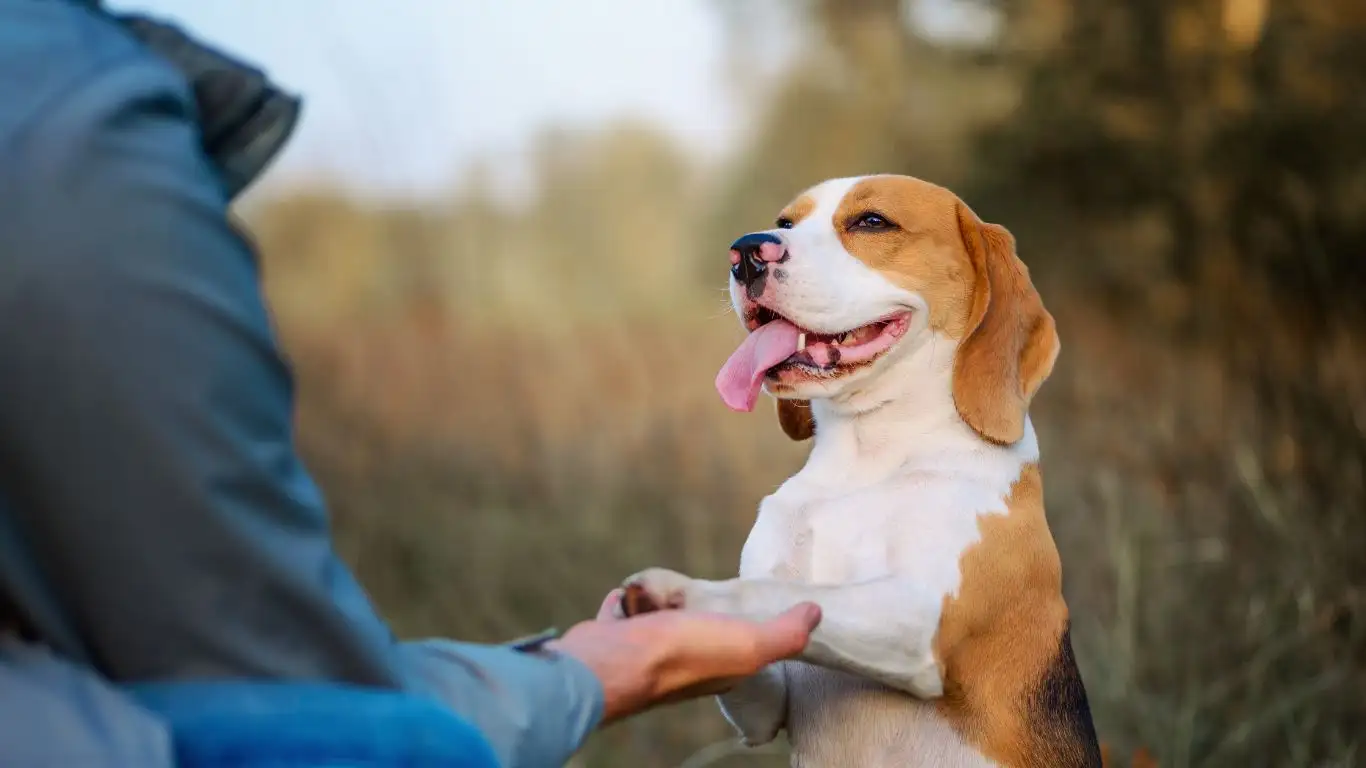
Let’s keep it real for a second — even the best dogs (and trainers!) hit bumps. Some days your dog will rock it. Other days? It’ll feel like you’re starting from scratch. Totally normal.
How to Handle Setbacks Without Losing Your Mind
When things fall apart (and they will), keep these tips in your back pocket:
- Stay calm – Frustration from you = confusion for them.
- Reset quickly – No drawn-out scolding. Just calmly guide them back to their mat and start again.
- Lower expectations – Go back a step if needed. Success builds confidence — for both of you.
I remember one rainy afternoon when Max, who had been doing awesome for weeks, decided that doorbells meant “jump on the guest and slobber them to death.” It was humbling. But it reminded me: training isn’t linear. It’s a dance, with plenty of two-steps-back days.
Consistency Over Intensity
Another golden rule in how to train a dog to stop getting excited at doorbells is simple: tiny doses, done daily, beat marathon sessions every time. Seriously. Five minutes a day is all it takes to create habits that stick.
Dogs learn through repetition. If you practice calmly every day, even for just a few doorbell rings, it will pay off. Big time.
Real-Life Practice: Making Training Part of Daily Life
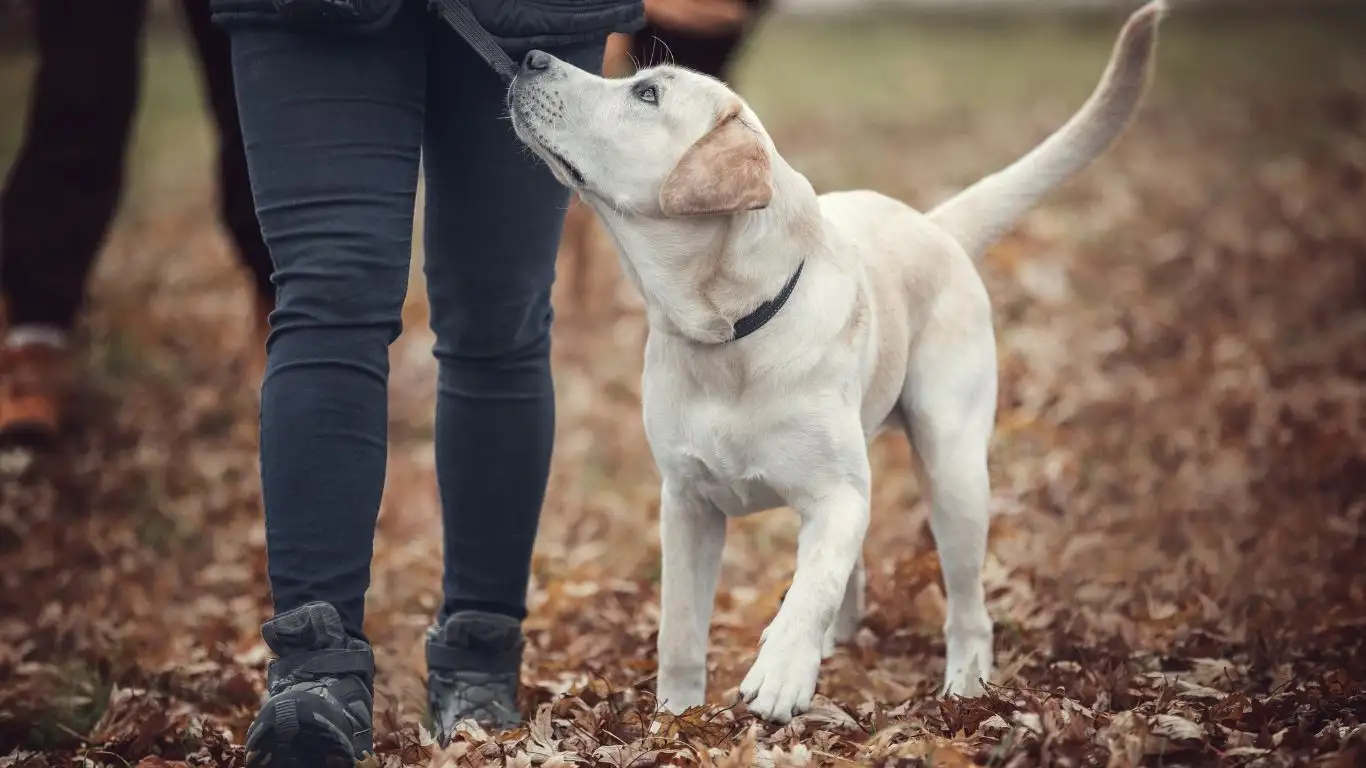
Here’s the secret sauce: sneak training into real life. Don’t wait for “perfect” practice times. Use real visitors, real distractions, real chaos to help your dog generalize the calm behavior you’re teaching them.
Ideas to Incorporate Training Into Everyday Life
- Amazon deliveries? – Perfect chance to practice!
- Pizza guy arriving? – Ring your own doorbell first, then answer calmly.
- Friends visiting? – Give them a heads-up and make it part of the session.
One trick that worked wonders for my therapy training groups was creating a little “doorbell party” — we set up a few sessions where volunteers would ring the doorbell nonstop while dogs practiced staying calm. It felt crazy at first, but by the third round, the dogs were looking at us like, “Really? This again? Boring.” Exactly the reaction we want!
Reward Calmness (Even When You Didn’t Ask For It!)
Another huge piece that many people miss: reward calm behavior whenever you catch it naturally. If your dog hears a weird sound and chooses to stay on their mat without being told? Jackpot! Celebrate that good choice like they just found buried treasure.
- Use treats, praise, or a favorite toy.
- Keep your rewards unpredictable – sometimes a treat, sometimes a belly rub.
- Make calmness “pay” more than excitement does.
By reinforcing what you want instead of constantly correcting what you don’t, you shift the whole vibe from correction-based to celebration-based. And honestly? It’s way more fun for both of you.
Taking It to the Next Level: Greeting Guests Calmly

Okay, so now your dog isn’t throwing a party every time the doorbell rings — huge win! But let’s be honest, that’s only half the battle. Eventually, you want your pup to not just stay calm at the sound of the bell but also to greet guests politely. This next phase is all about transferring that calm energy into real-life interactions.
When I worked with therapy dogs preparing for hospital visits, teaching a gentle greeting was non-negotiable. Imagine a 90-pound lab leaping into someone’s hospital bed… yeah, not exactly comforting. We had to fine-tune greetings until they were as smooth as butter.
How to Train a Polite Greeting
- Start on-leash – Keep your dog on a leash when guests arrive to maintain better control.
- Ask for a Sit – Before they even get to sniff the guest, ask for a calm sit.
- Release slowly – Only allow your dog to approach if they hold their sit without lunging or jumping.
- Teach guests – Brief visitors to ignore the dog if they’re too excited. Praise calm behavior only.
Honestly, sometimes teaching the humans is harder than teaching the dog. I had one uncle who just couldn’t resist roughhousing — and every time, it undid a week’s worth of training. Consistency matters from everyone involved!
Preventing Relapses: Staying Ahead of Bad Habits

Here’s the thing about dog training (and honestly, life in general): If you don’t use it, you lose it. Even the calmest dog can slip back into bad habits if the rules get too relaxed. No judgment — it happens to the best of us.
Pro Tips to Maintain Calm Door Greetings
- Keep practicing randomly – Even if no one’s visiting, pretend sometimes! Ring the doorbell, have a mock “guest” show up, reward calmness.
- Stay consistent – Always reward calm behavior, even a year from now. It keeps the habit strong.
- Refresh “place” training monthly – Dogs appreciate a reminder session here and there. Like refreshing your memory before a big test.
I make it a point to do a quick “door drill” at least once every couple of weeks with my dogs, even when life gets busy. It’s just part of our normal routine now, and it keeps everything smooth without a ton of extra work.
What If Your Dog Has a Major Regression?
If your pup completely forgets their manners one day, don’t panic. Go back to basics. Short, sweet practice sessions, tons of praise, and low-pressure resets. No guilt, no frustration spirals — just dust it off and get back at it.
For more helpful refreshers and science-backed training methods, check out AKC and PetMD — they have fantastic resources for dog owners looking to brush up on skills.
Common Mistakes to Avoid When Training for Calm Doorbell Behavior
Over the years, I’ve seen a lot of good-intentioned folks accidentally make the doorbell craziness worse without even realizing it. Here are a few pitfalls to dodge:
- Getting mad at the excitement – Remember, excitement isn’t “bad.” It’s just energy that needs channeling, not punishment.
- Inconsistent rules – If sometimes they’re allowed to rush the door and other times they’re scolded, they’ll just stay confused.
- Skipping steps – Trying to go straight from chaos to calm in one day usually leads to frustration on both ends of the leash.
One biggie I learned early in my career: Don’t rush it. Let your dog take the time they need at each stage. Training is a marathon, not a sprint, especially with sensitive or super-social dogs.
Final Thoughts: Calm at the Doorbell Is Totally Doable (And Worth It!)
Teaching your dog how to train a dog to stop getting excited at doorbells is a journey — one that’s absolutely worth every minute you put into it. The peace of mind when you know you can have guests over without a circus breaking out? Priceless.
And beyond that, it strengthens your bond with your dog in ways that spill over into every part of your life together. Trust, patience, communication — it’s all part of the magic of good training. You’re not just teaching “door manners,” you’re building a deeper relationship. And honestly? That’s what it’s all about.
If you ever feel stuck or overwhelmed, don’t hesitate to reach out to a certified professional trainer or look into helpful organizations like AKC or even behavioral studies shared by trusted sources like NIH. The support is out there — and you’re not alone in this!
Disclaimer
The information in this article is based on personal experience and professional training in canine-assisted therapy. It is intended for educational and informational purposes only and should not be used as a substitute for professional veterinary or behavioral advice. Always consult with your veterinarian or a certified dog trainer if you have concerns about your dog’s behavior or health. For more authoritative resources, visit AKC, PetMD, NIH, or Health.com.


